The future of all media is digital, from
music to videos to print, and photography is now in the midst of the transition.
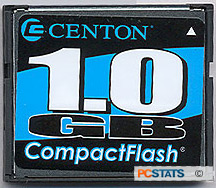 It makes a
lot of sense to store visual data in a digital format, since all copies will
be identical to the original and the quality will never degrade, something you
can not say for any form of conventional film storage.
It makes a
lot of sense to store visual data in a digital format, since all copies will
be identical to the original and the quality will never degrade, something you
can not say for any form of conventional film storage.
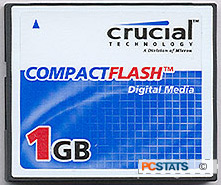 When buying a CompactFlash memory card, speed
is an important marketing feature. The question is, does it make a difference
in the real world? We decided to answer this question for
ourselves and tested a variety of readily available CF cards with a small assortment of digital cameras. We wanted
to see if the speed of the CF cards was more
important than the internal speed at which digital cameras transfer
data.
When buying a CompactFlash memory card, speed
is an important marketing feature. The question is, does it make a difference
in the real world? We decided to answer this question for
ourselves and tested a variety of readily available CF cards with a small assortment of digital cameras. We wanted
to see if the speed of the CF cards was more
important than the internal speed at which digital cameras transfer
data.
The first test camera was the Canon S500, now a mid-range consumer level
point-and-shoot digital camera and one of the last consumer/CF cameras on the market. No
matter which CF card was used, performance remained exactly the same. The Canon S500 simply could not
write data from the frame buffer to memory card fast enough to show any differences
between the different media.
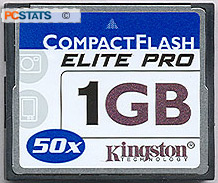 The next camera tested was the FujiFilm S2 Pro, a professional class digital SLR. Would there be a noticeable difference?
When it comes to storing data in JPG or TIFF mode, performance was
essentially identical across our test group. In the RAW image format tests, we did notice a
slight difference between the higher rated media and the unrated CF cards, but
nothing too significant.
The next camera tested was the FujiFilm S2 Pro, a professional class digital SLR. Would there be a noticeable difference?
When it comes to storing data in JPG or TIFF mode, performance was
essentially identical across our test group. In the RAW image format tests, we did notice a
slight difference between the higher rated media and the unrated CF cards, but
nothing too significant.
The last test camera to be tested was
the Nikon D70
digital SLR - a 2005 model. It obviously had a faster internal data transfer
speed, and was quite capable of illustrating the differences between slower and
faster CF cards. The high speed Corsair
CMFCF80-1GB, Kingston Elite Pro and Sandisk Extreme CompactFlash cards routinely
outperformed the unrated models, although the Crucial and Centon
units still performed well. 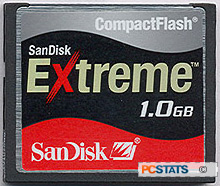 In USB 2.0
tests, results were closer than expected but the high speed Kingston Elite Pro
and Sandisk Extreme CompactFlash media still led the pack by almost
1MB/s.
In USB 2.0
tests, results were closer than expected but the high speed Kingston Elite Pro
and Sandisk Extreme CompactFlash media still led the pack by almost
1MB/s.
Well there you have it. If you are using a
consumer level digital camera, paying more for a high speed CompactFlash card is
not necessarily worth it. Things are a bit less clear in the digital 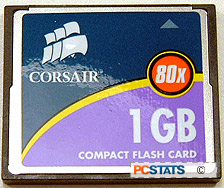 SLR realm, but it looks like newer cameras will take advantage of the speed offered by
the high-end CF cards while older ones may not. It's difficult to make broad statements because
the results are very camera specific, which underlines a point consumers should be
aware of when shopping for CompactFlash media.
SLR realm, but it looks like newer cameras will take advantage of the speed offered by
the high-end CF cards while older ones may not. It's difficult to make broad statements because
the results are very camera specific, which underlines a point consumers should be
aware of when shopping for CompactFlash media.
Basically though, unless you're into bragging rights, it seems
like high-end Compact Flash cards are not necessary unless you're using an
equally high end digital SLR that is two years old or less.
Find out about this and many other reviews by
joining the Weekly PCstats.com
Newsletter today! Catch all of PCstats latest hardware reviews right here.
Related
Articles
Here are a few other articles that you might enjoy
as well...
1. Beginners Guides: Diagnosing Bad Memory
2. Beginners Guides: RAM, Memory and Upgrading
3. Beginners Guides: USB Memory Drive Projects
4. Corsair Flash Voyager 512MB USB Flash Memory Review
5. Crucial Gizmo 2.0 512MB USB Hard Drive Review
